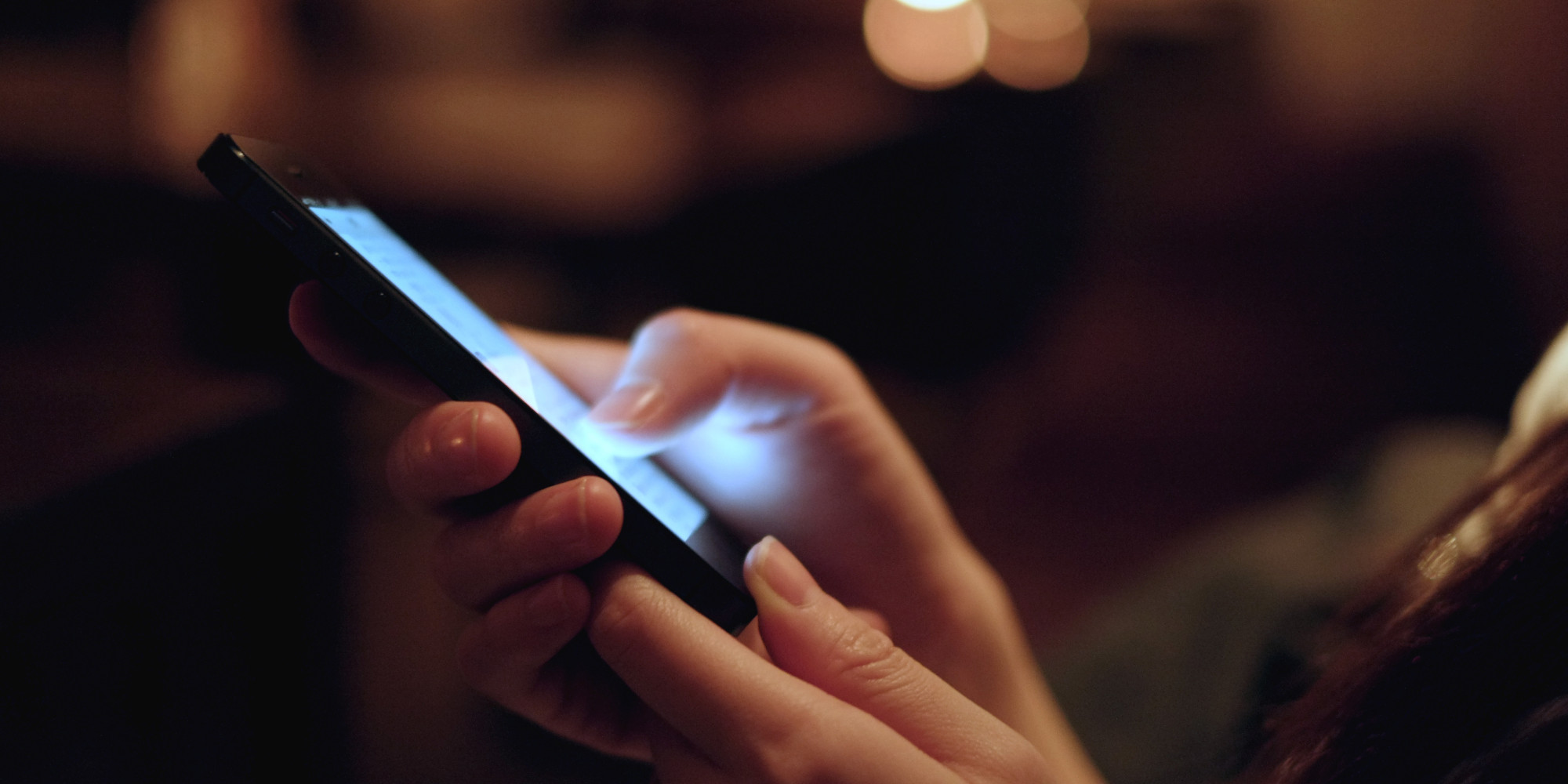The power of the blues
While light of any kind can suppress the secretion of melatonin, blue light at night does so more powerfully. Harvard researchers and their colleagues conducted an experiment comparing the effects of 6.5 hours of exposure to blue light to exposure to green light of comparable brightness. The blue light suppressed melatonin for about twice as long as the green light and shifted circadian rhythms by twice as much (3 hours vs. 1.5 hours).
In another study of blue light, researchers at the University of Toronto compared the melatonin levels of people exposed to bright indoor light who were wearing blue-light–blocking goggles to people exposed to regular dim light without wearing goggles. The fact that the levels of the hormone were about the same in the two groups strengthens the hypothesis that blue light is a potent suppressor of melatonin. It also suggests that shift workers and night owls could perhaps protect themselves if they wore eyewear that blocks blue light. Inexpensive sunglasses with orange-tinted lenses block blue light, but they also block other colors, so they're not suitable for use indoors at night. Glasses that block out only blue light can cost up to $80.

Less-blue light
If blue light does have adverse health effects, then environmental concerns, and the quest for energy-efficient lighting, could be at odds with personal health. Those curlicue compact fluorescent lightbulbs and LED lights are much more energy-efficient than the old-fashioned incandescent lightbulbs we grew up with. But they also tend to produce more blue light.
The physics of fluorescent lights can't be changed, but coatings inside the bulbs can be so they produce a warmer, less blue light. LED lights are more efficient than fluorescent lights, but they also produce a fair amount of light in the blue spectrum. Richard Hansler, a light researcher at John Carroll University in Cleveland, notes that ordinary incandescent lights also produce some blue light, although less than most fluorescent lightbulbs.
What you can do
-
Use dim red lights for night lights. Red light has the least power to shift circadian rhythm and suppress melatonin.
-
Avoid looking at bright screens beginning two to three hours before bed.
-
If you work a night shift or use a lot of electronic devices at night, consider wearing blue-blocking glasses or installing an app that filters the blue/green wavelength at night.
-
Expose yourself to lots of bright light during the day, which will boost your ability to sleep at night, as well as your mood and alertness during daylight.
